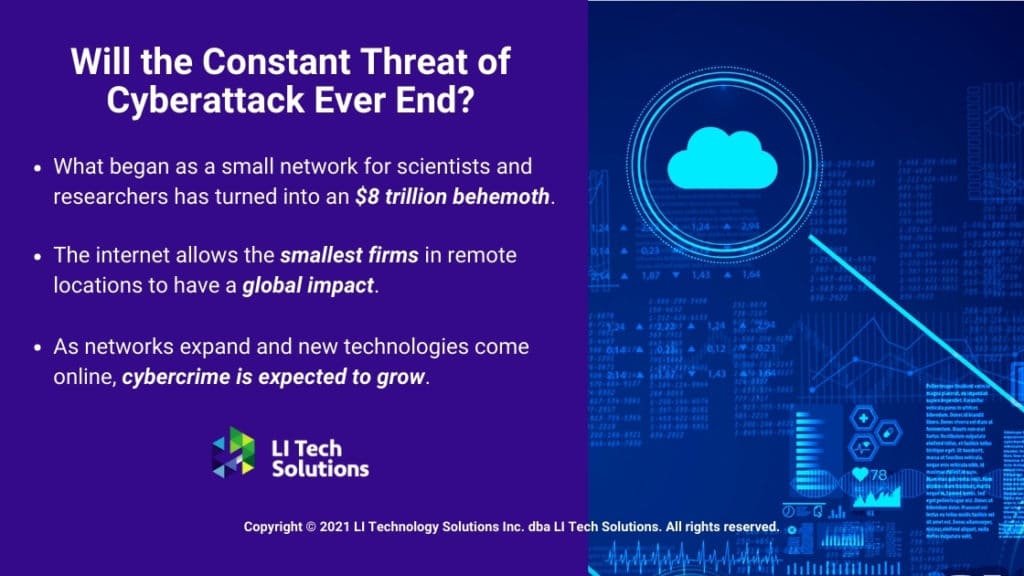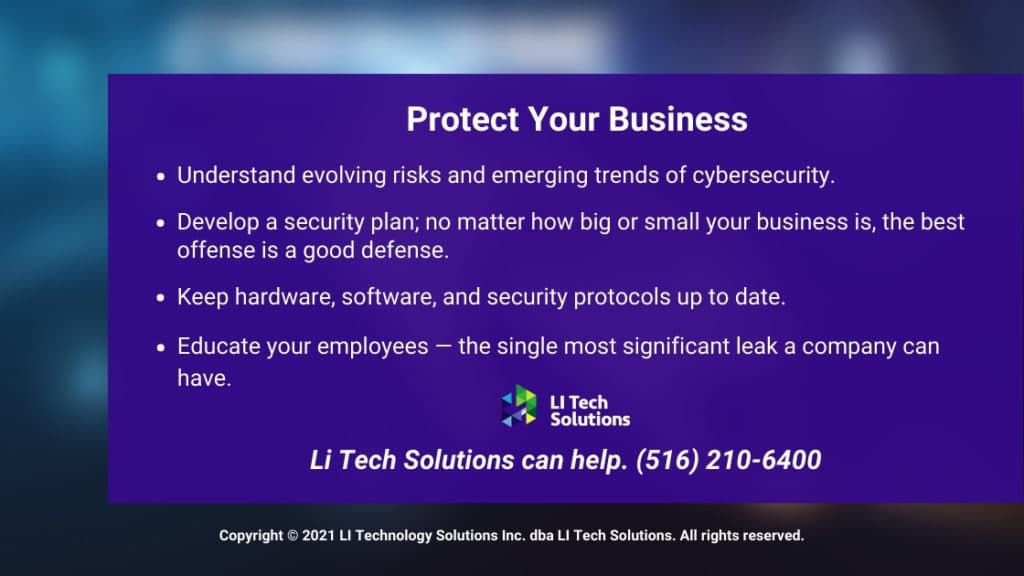Make Hybrid Work Environments Secure
The COVID-19 pandemic caused an unprecedented shift in the way people work. Although most companies relied on a fully remote work model initially, the vaccine rollout has led to the popularization of hybrid work environments. A hybrid work environment has elements of both the traditional on-site work model and the remote work model. Employees can choose to work from home, at the office or a combination of both.
Hybrid environments have certain advantages such as:
- Employee happiness
Hybrid environments help boost employee morale since there is opportunity for collaboration with colleagues at the office as well as working remotely.
- Better productivity
The flexibility provided by the hybrid work model helps employees focus on their work when they are at their most productive. In a survey by Microsoft, 82% of business leaders reported good productivity when flexible work schedules were adopted.
- Reduced costs
Companies no longer need to provide office spaces for their entire workforce at once and employees need not commute daily to their offices. It helps reduce costs significantly.
- Better protection against the pandemic
Although vaccination is encouraged the world over, the World Health Organization has suggested that everyone follow measures like social distancing for an extended period of time. Keeping this in mind, a hybrid environment certainly ticks all the boxes.
On the flip side, hybrid work environments do have their share of disadvantages as well. Of these, heightened cyber risks need immediate focus.
The Problem and the Solution
Flexible work locations lead to cyberattacks and associated pitfalls like data loss because many endpoints operate outside of the secure corporate perimeter. That is why 88% of businesses believe it is vital to secure remote work tools and protect customer or employee data in the distributed work environment. This puts the responsibility on the companies to protect their digital assets through regular software updates, proper password management, robust data backups and business continuity solutions, continual employee training, etc.
Hence, asset management is imperative for the diagnostics and mitigation of vulnerabilities and threats. Keeping a tab of all software and hardware your business possesses can be an ideal first step towards successfully managing digital assets. It should not just be a one-dimensional process of noting down the model number, serial number, location, etc. Asset management for security and data breach protection related to hybrid environments needs an in-depth set of inventories. For this, there should be a clear picture of the operating system, the patch levels, the configurations and even the state of known vulnerabilities.
Asset management provides a firm foundation for risk assessment of your business’ hybrid work environment. Risk assessment helps you identify:
-
- Internal and external vulnerabilities in your business.
- Threats to the business’ data, systems, software, cloud, and networks.
- Consequences/impact if the threats exploit vulnerabilities.
- Possibility of harm that may eventually unfold.
Regular Risk Assessment Offers the Following Benefits to Your Business
- Identifying your risk profile:
Detecting threats and sorting risks based on their potential for harm help you focus your efforts on urgent pain points.
- Protecting your digital assets:
Risk assessment helps you determine ways to protect your critical assets and vital data in the distributed work environment.
- Reduce security spending:
Regular risk assessments help you reduce security spending because you know where you need to allocate funds to ramp up security.
- Actionable analytics:
Availability of information that gives enough insights into the future helps you take adequate actions to improve your business’ security.
- Keeps you compliant:
When you handle your business assets and data securely through regular assessments, you can save your business from a regulatory violation.
The Decision Is Yours!
If you have read this far, chances are you are looking for ways to plug security loopholes that arise from hybrid work environments. Although risk assessment and asset management can help you address, reduce or avoid security challenges, you may be confused about where to start.
By collaborating with a partner like us and making use of our expertise in risk assessment and asset management, you can prevent vulnerabilities from escalating into full-blown disasters.
Article curated and used by permission.
Sources:
- Building resilience & maintaining innovation in a hybrid world, Microsoft
- Accelerating Digital Agility, Cisco
Photo by Julia M Cameron from Pexels





